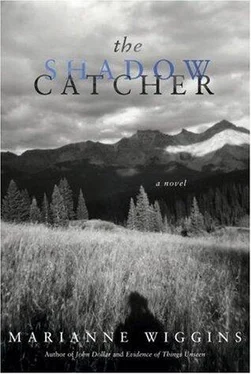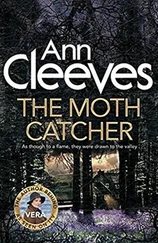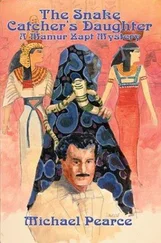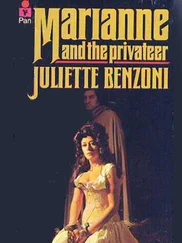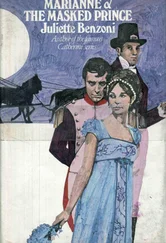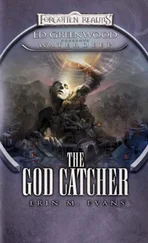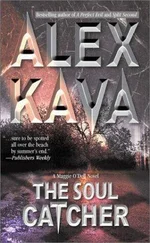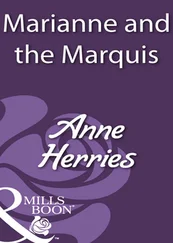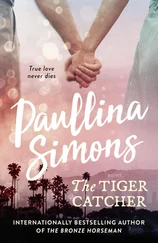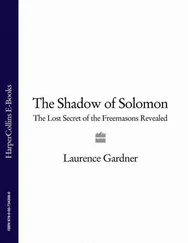“—not true. I looked into his eyes. And saw his face.” He shrugs, as if it will make the memory fit better. “Faces, eyes — take for example your Mr. Curtis and his photographs. When we look at them, we know those people. They are not forgotten.”
“—not the same,” I say again and I can hear the sadness in my voice. “Those photographs. Maybe without them there would be no record of those people’s lives. Or there would be a different record, a more private and, therefore, diminished one. They’re beautiful, his photographs. But to me they’re still flat daddies.”
On Lester’s look I tell him to take Harmon then make another right and soon we’re in a warren of untraveled narrow streets named after shore birds — Blue Heron, Egret, Swan — where the houses are called “courts” and are situated in circular formations perpendicular to the sidewalk as if they were built to accommodate guests in the style of motor courts along old Route 66. There are neighborhoods in Hollywood that look like this, blocks of row residences built by the studios to house their contract workers around a central court or meeting space like little Melrose Places. But who built these mini-houses on these mini-streets in Vegas — or why — escapes me. All the houses look alike, despite their individual decorations — a set of shutters here, a little weather vane atop an artificial vestibule.
Tipis , Lester registers as we get out.
“It should be that one over there,” I say, pointing to the small house at eleven o’clock on the circle. The house beside it is the dominant house on the court, larger than the others, and as we approach we can see a ramp built to its door and connecting, by a separate boardwalk, to the door of the house we’re heading for.
“Is our guy—?” I start to ask.
“—seemed fine to me, when he walked in. Before he fell. Walked fine.”
I look back at the connecting house. Like all the other houses on the court its blinds are closed, no sign of life inside discernible. The place in its abandonment feels like an empty backlot movie set. Lester rings the doorbell and we hear it chime. He rings again, then opens the screen door and knocks. We wait, and nothing stirs. He tries a key from the old man’s set of keys — the tumbler turns, the handle turns, and we walk in.
It’s dark — not dark, but dim, the blinds are closed, and Lester leaves the door ajar for light and we each, tentatively, call out Hello—? The house is the size of a log cabin — square, divided down the middle by a central partition walling off the kitchen and the eating area to the right, from the “living” and “sleeping” ones on the left. I go toward the little dining room while Lester walks without a sound through the living room into the bedroom at the back and returns to say, “There’s no one here. The bed is made.”
We start to case the place, Lester shadowing me through the dining room where there’s a table and four chairs and a glass-fronted hutch. Much as I claim you can’t know a person’s history from a photograph, I still believe the photographs a person chooses to display speak volumes, and the old man who’s stolen my father’s name has a gallery of Polaroids taped onto the glass panes of the hutch and onto the surrounding walls — all of them of him in a spiffy hat, white gloves and a well-pressed uniform, smiling for the camera with his arm around another person.
“He was a doorman ,” I realize. “Look at all these people—”
“—who are they?” Lester asks.
“—Dean Martin. Ann-Margret. Phyllis Diller. You don’t recognize them—? Shecky Greene. Robert Goulet. Phyllis McGuire…”
I realize there’s no reason why Lester should recognize these come-and-gone headliners from a culture not his own. Even I have started to forget them: “—Phyllis McGuire…of the McGuire Sisters? She was an It girl around Vegas years ago — Sam Giancana’s mistress. Wayne Newton, you don’t recognize him? Buddy Hackett. — Liza Minnelli…?”
There’s a goldfish bowl full gambling chips that Lester lifts to look at.
“— tips ,” I tell him. People in this town tip the hotel staff with gambling chips, and if he was working as a doorman—” I study the building in the background of a Polaroid. “I wonder what hotel he worked at?”
There are leather books stacked on the hutch, the top one reading AUTOGRAPHS. I flip it open:
Johnny—
When Opportunity Knocks
Make Sure You’re the Doorman
Howard Hughes
1970
There are other autographs — Paul Anka, Barry Manilow, Liberace’s signature candelabrum — four volumes’ worth of brief encounters, the earliest dating from 1970, the latest, 1991.
“There’s nothing here to explain how he got the headdress and the bracelet,” Lester says. “Nothing at all.” He drifts back into the living room, I follow. On a table next to the sofa there are boxed games — Scrabble, Monopoly — and decks of cards beside a neat row of score pads. “He must know someone ,” I comment, “you can’t play Monopoly alone, that’s an oxymoron… Greek word,” I add for Lester’s benefit, even though he’s turned his back to me to investigate the shelves of paperbacks arrayed on a low bookshelf under the window. I wander to the bedroom. The bed, a standard double, is neatly made and covered with the common cotton bedspread anyone can buy at any box store. There are two standard bed tables with drawers, crowned by two bedside lamps — no pictures, nor any ornamentation, on the walls. I slide open the drawer of the nearest bedside table and discover aspirin, a tube of Rolaids and a ubiquitous amber canister with a white plastic cap signifying a prescription. LIPITOR. A STATIN, for high cholesterol, prescribed by a local doctor, filled by a local pharmacy, for JOHN F. WIGGINS. He even took my father’s middle initial , I note. I close the drawer and walk around the bed, hesitate before I open the closet but then tell myself oh what the hell and do it. Two doorman long coats, one burgundy, one sky blue, both with more brass buttons than a circus ring leader’s, hang, like curated opera costumes, in plastic bags. I lift the bag of the sky blue one and read the words emblazoned on the buttons: THE SANDS. I search the top shelf of the closet for some hidden clue, search the floor behind the shoes but everything I see and touch tells me this mystery man, although he had his secrets, kept them to himself, dressed in regular clothes, lived in a regular house and lived an ordinary outward life.
Nothing here can tell me where he came from or who he was before 1970. The year my father died.
Not expecting to find anything revealing, I open the one remaining drawer of the bedside table on the far side of the bed and probably because the set-up is the same in countless hotel rooms I’ve stayed in across the country I’m not surprised to see the Bible there and almost close the drawer again until I notice that this Bible doesn’t look like the standard hardbacked version placed beside Best Western beds by the Gideons, this Bible is worn, its leather cover soft and pliable and in the lower right-hand corner, stamped in gold, a name: CURTIS EDWARDS.
I take the Book and hold it in my hands. Inside the cover, fixed to the left flyleaf with a piece of tape, dry and brittle as a shed snake-skin, is a Teamster’s Union membership card dated 1946, with a black and white photo of a young black man, a younger version, I recognize, of the old man in Sunrise Hospital, his face slicked with optimism under a hat barely containing his oiled wave of black hair. The card identifies the man as CURTIS EDWARDS, his employer as the PENNSYLVANIA RAILROAD, and his occupation, PORTER.
Читать дальше
